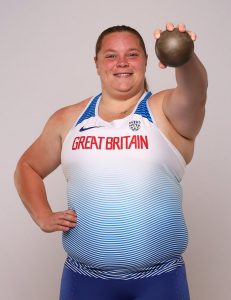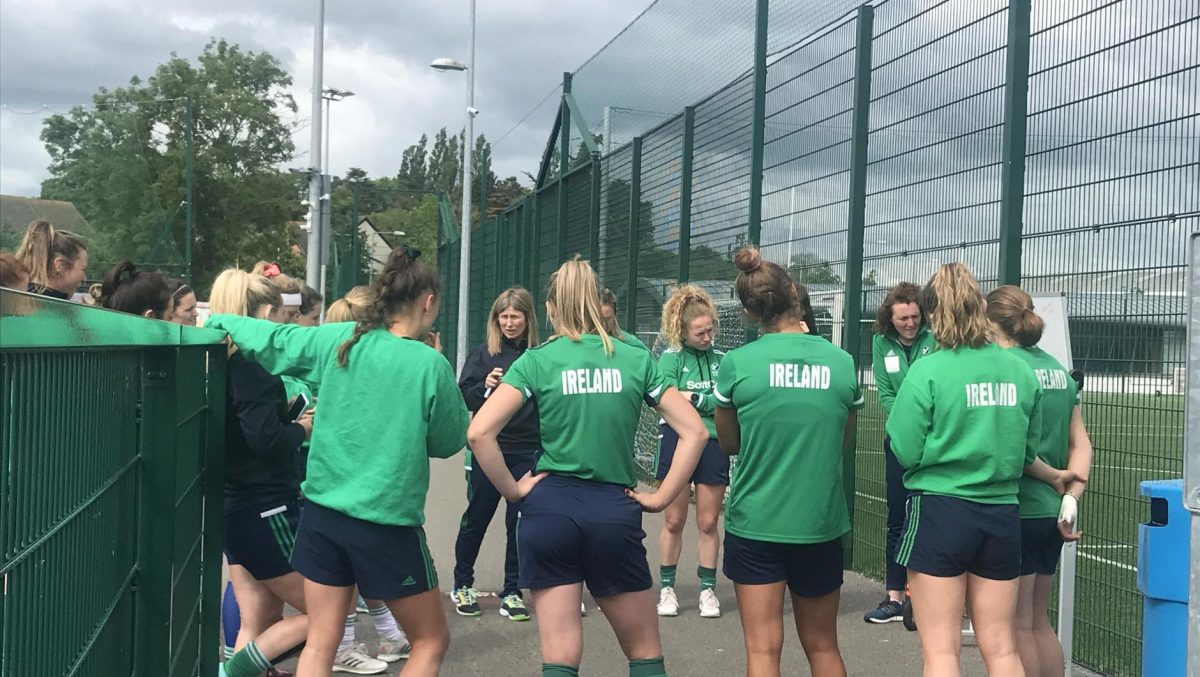Connect with us on LinkedIn for updates and the latest industry news
‘She’s only 21, so she has a huge amount of potential.. coming 7th is a brilliant place for her’
‘Achieving 4th at 23, he’s got years ahead of him to really maximise his talent’
These were among the many commentator quotes about talent from the IAAF World Athleteics Championships in Doha at the weekend. What they all had in common was a direct link between the relative ‘youth’ of the competitors and the indication of their potential.

GB Shotput athlete Sophie McKinna came 11th in the final – but achieved a PB In the competition
I’m sure that in the sporting world, this is a well researched and obvious link to make. But it got me thinking about the reality of ‘talent’ identification in business. We often work with businesses who use the phrase HiPo (high potential) to identify the ‘golden children’ in whom to invest our development activities, ringfencing budget and often putting them on a pedestal of being likely to attain the next promotion or leadership role.
In many cases, these guys are already performing at the top of their game in their current role. They’re the successful branch or team managers who are achieving results against the business measures. Their potential is being identified towards a possible next role that could be very different to the one they are in (remote management versus on site management).
HiPos are not often the fresh faced individuals lying with untapped potential behind the top performers (the guys currently performing in 4th or 7th place, who we could choose to support to maximise their potential).
I wonder what makes that talent identification so hard? Is it lack of clarity on what skills and behaviours we truly value as an organisation? Or is it because the context and the landscape in which we operate shifts and changes, making it difficult to direct ‘development’ towards a future which we can’t yet see?
Interestingly, that’s one of the realisations that we quickly identified when support the England Rugby National Performance Programme. We couldn’t direct the young players towards a future type of ‘leadership’, ready for a game they’ll play in 3 or 4 years time. Who can say what the game and the context will look like this far out? (You can read about the alternative approach we took here)
Perhaps we should challenge ourselves more on both our concept of ‘talent’ and ‘high-potential’ and our routes to identifying and developing it?




